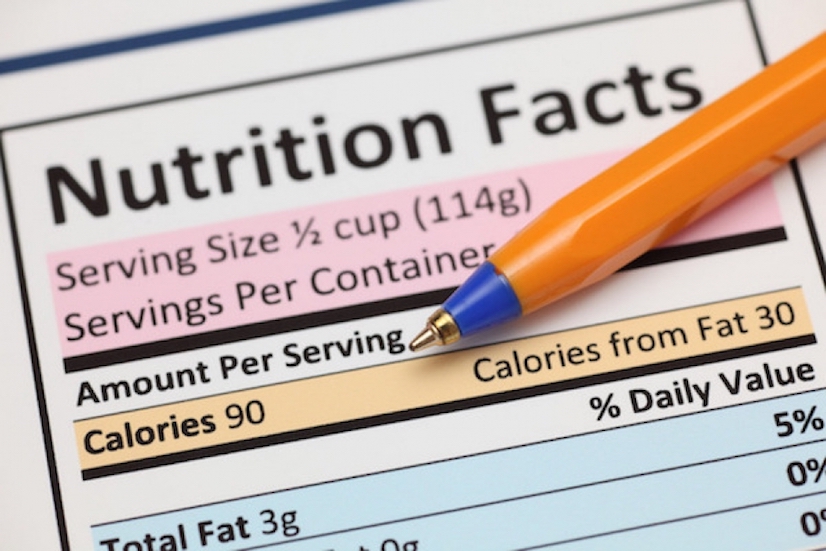
Did you know that a ¼ cup serving of fresh cranberries has only 4 grams of sugar; but, the same amount of dried cranberries has 29 grams? Americans seeking healthy diets may be surprised at high amounts of sugar in supposedly healthy foods. Cereal; salad dressings; marinades and sauces; even flavored yogurt commonly include hidden sugars.
Fruit cups often contain high fructose corn syrup, packing up to 30 grams of sugar. Barbequed chicken offers a low-fat alternative to fried chicken. However, using a bottled marinade may diminish health benefits; as sugar comprises 80% of the calories in store-bought marinades.
Products labeled as ‘low fat’ or ‘low calorie’ often contain high amounts of sugar. Read labels to be aware of sugars in foods and beverages, and look for ingredients such as: cane, syrup, sweetener, and words ending in ‘ose’ (e.g. sucrose, fructose, dextrose, etc.)
In 2016, the U.S. Department of Agriculture (USDA) required changes to product labels (updating daily values, serving sizes, and nutrition facts) to better inform consumers about packaged foods and to facilitate healthier choices when grocery shopping.
For sustained energy, choose high protein foods with zero to less than 1 gram of sugar per serving, including: meat, poultry, seafood, eggs, legumes, and tofu.
The USDA recommends less than 10% of daily calories (12–13 teaspoons daily) should originate from added dietary sugars. Keep track of caloric consumption, sugar, fat, and monitor weight loss goals and physical activity with Supertracker, available online at: https://www.supertracker.usda.gov/.
